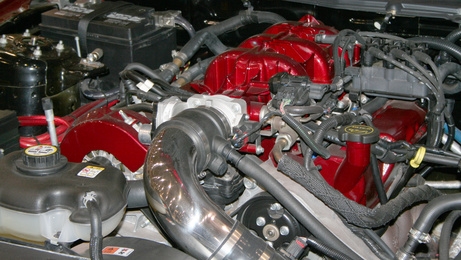
Audi introduced continuously variable transmission (CVT) technology in its 2002 A4. CVTs offer unlimited gear ratios, resulting in better fuel economy. CVTs also improve transmission performance and help the car maintain steady cruising speed based on variables such as speed, driver handling and road conditions.
CVTs are not new. The technology was introduced in 1958 with the Holland DAF City Car. In 1996, CVT technology was introduced to America by Honda in the Civic HX. Audi introduced the CVT in its 2002 A4. Audi's Multitronic system uses steel link-plate chains which can handle the higher torque limits of more powerful engines. By comparison, Nissan uses a steel belt in its CVTs. Audi offers CVT technology as a transmission option on the A4, A5 and A6 models.
With the infinite ratios offered by a CVT, the car can maintain a steady cruising speed, with reduced fuel emissions and increased fuel economy. The CVT also keeps the engine running in its optimum power range and offers quicker acceleration compared to a traditional automatic transmission.
Cars equipped with CVT technology are more expensive than comparable models with a conventional transmission. CVT-equipped cars tend to be noisier and slower to accelerate from a complete stop due to the lower torque levels. The more complicated structure of the CVT means that do-it-yourselfers who are comfortable checking and changing fluids on their cars may not be able to do this on their own and instead have to rely on a mechanic for routine maintenance.